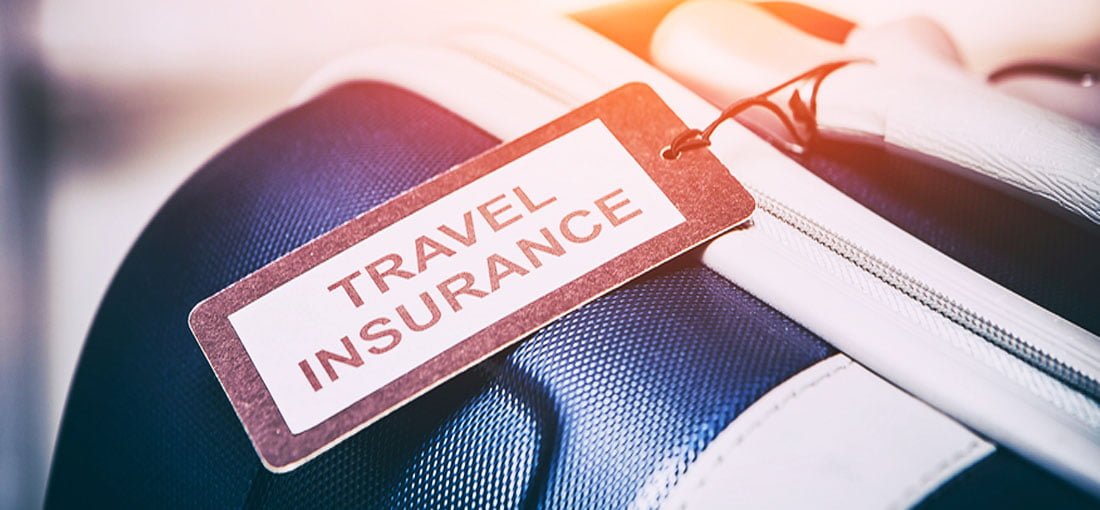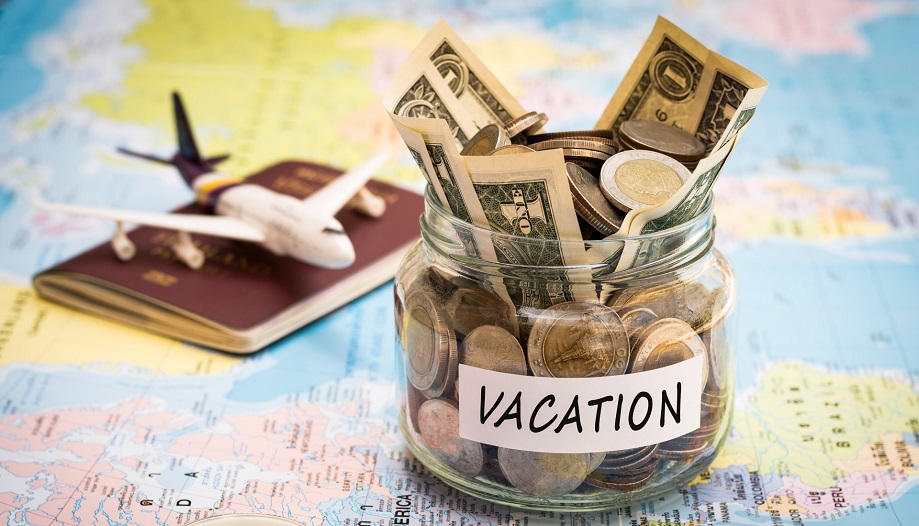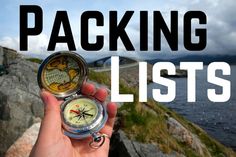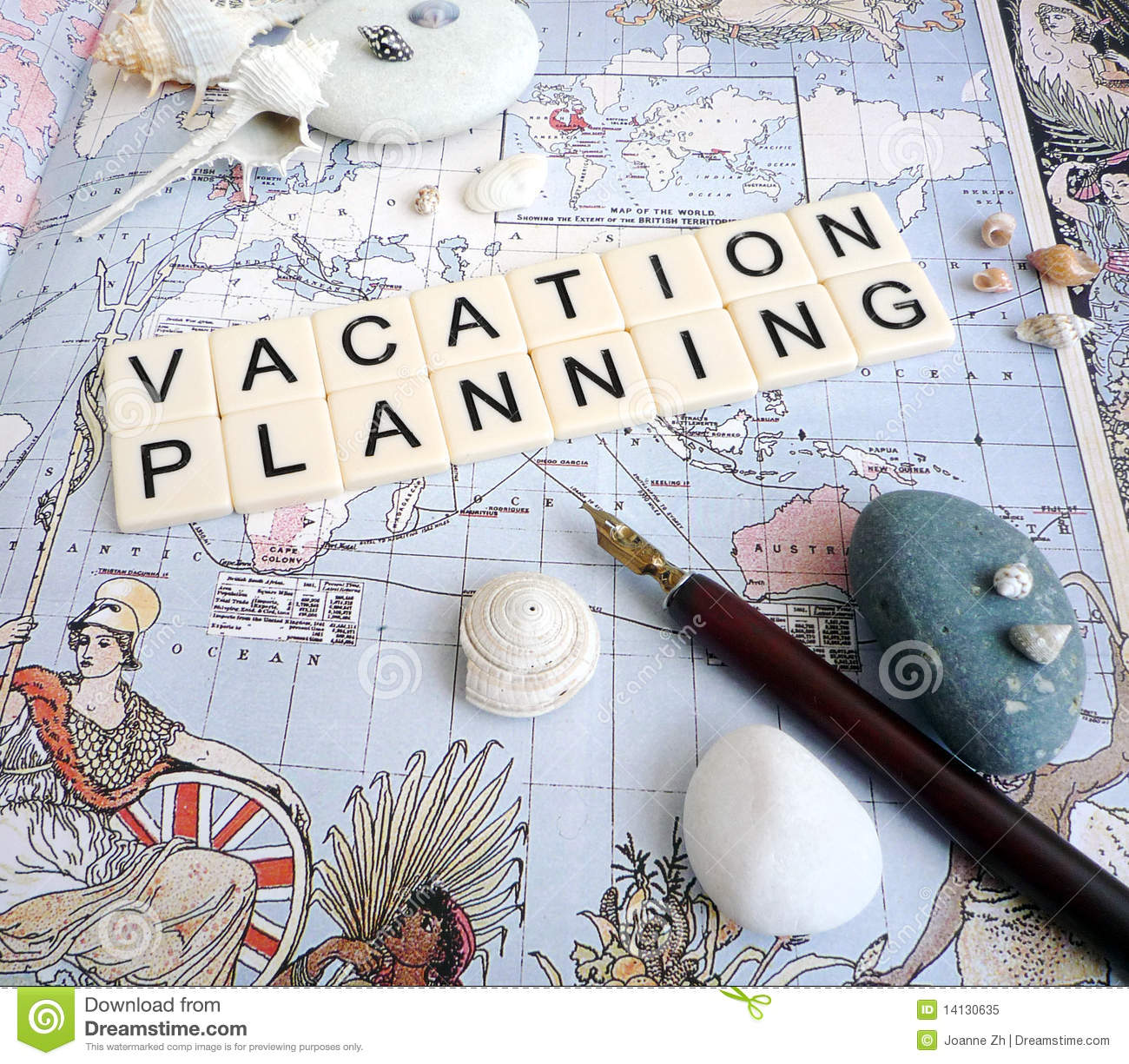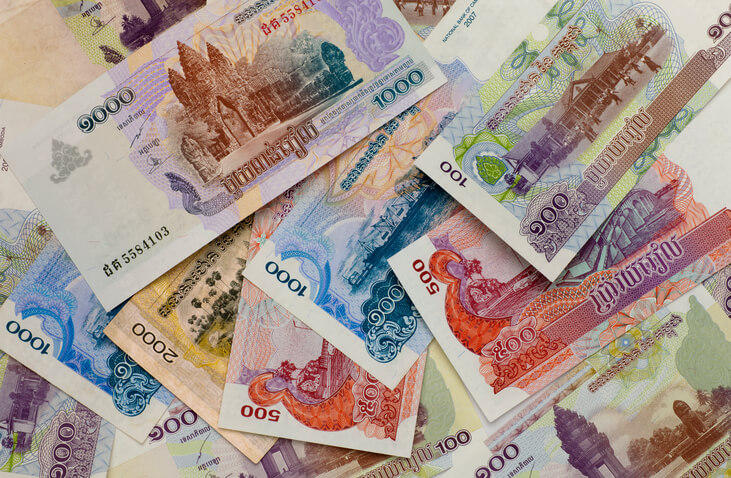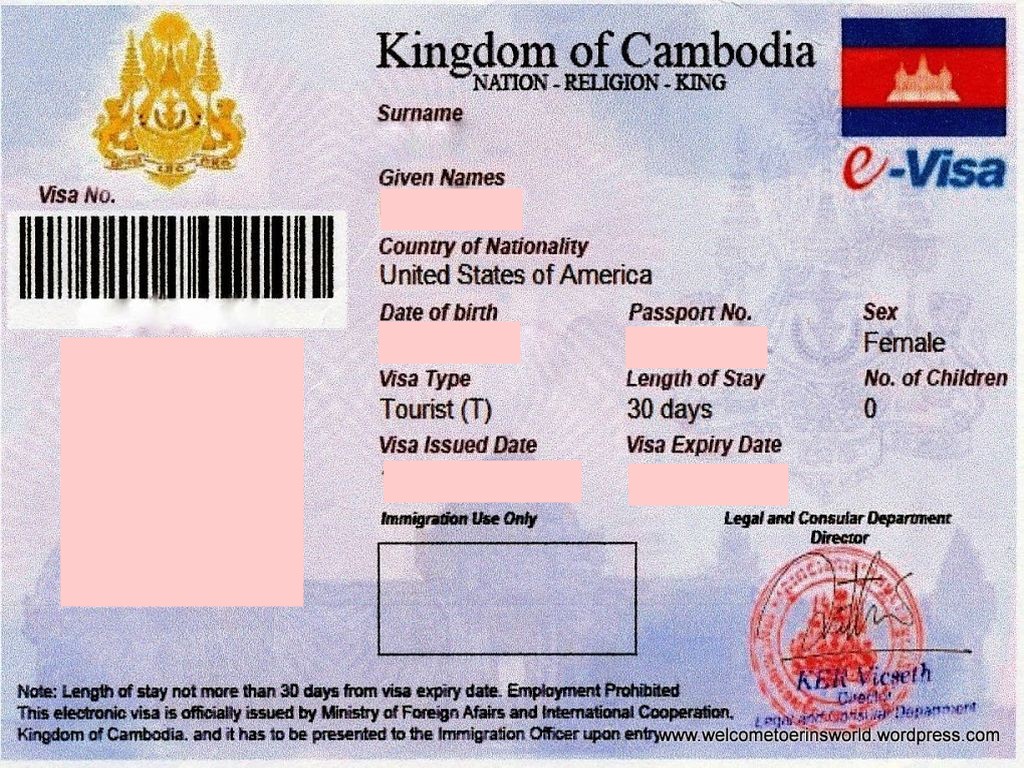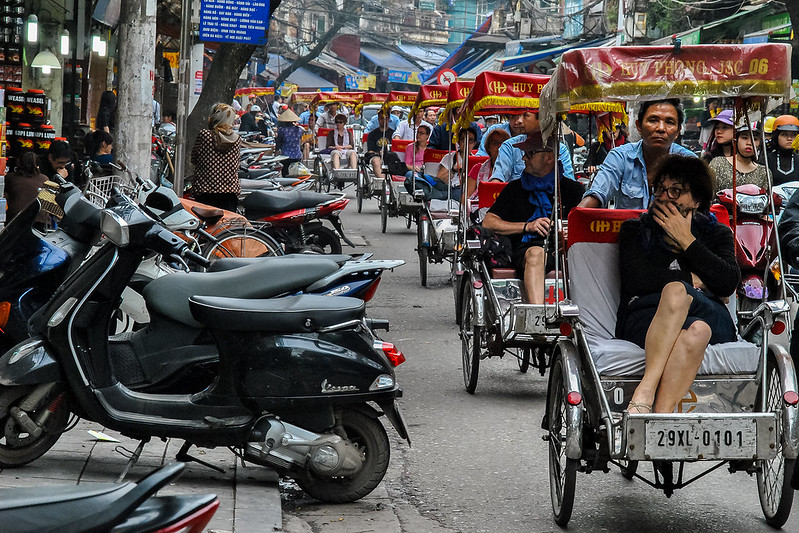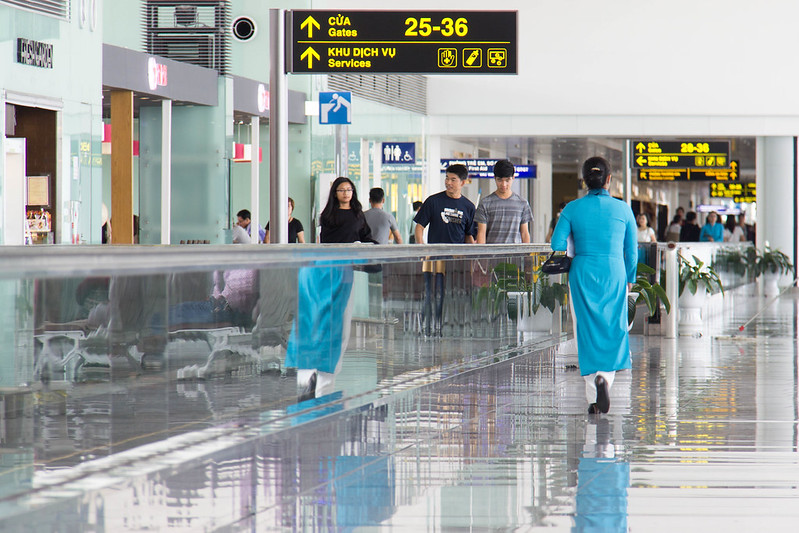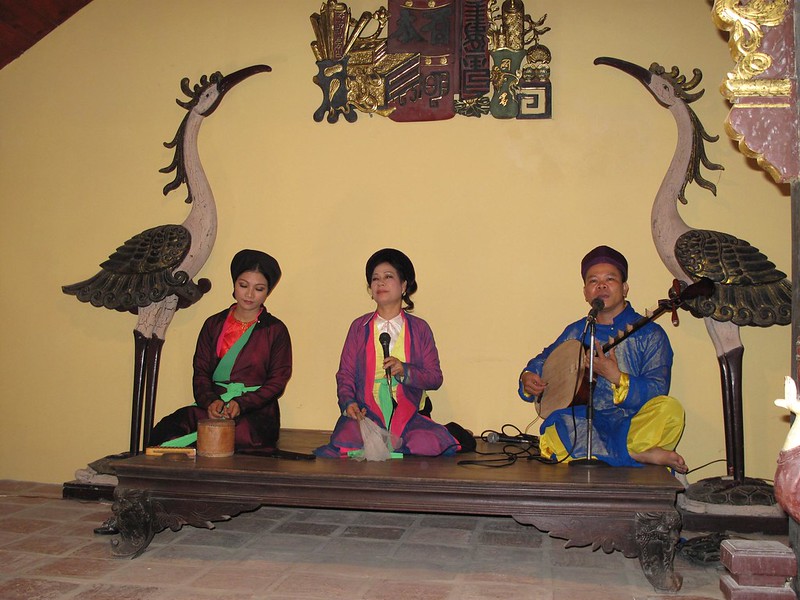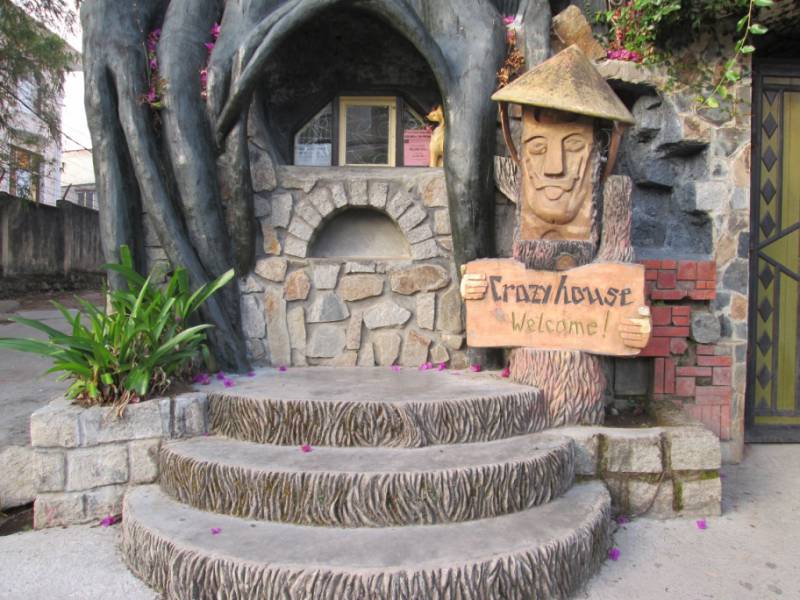Currency
Cambodian currency is called the riel (KHR). The exchange rate is around 4,000 to US$1. US cash is commonly used for purchases, though change may be given in riel. Riel is a non-convertible currency, meaning once you have left Cambodia, it's useful only as wallpaper -- banks outside Cambodia will not accept or exchange it. International access ATMs dispensing US dollars can be found in most major tourist centres across the country.
Safety
Cambodia is one of the poorest nations on earth, yet it remains a fairly safe place. Petty theft is a problem, particularly the snatch and grab variety, but violent crime is rare. Always keep your wits about you. Drinking 15 beers and walking home at 3am probably isn't safe in your home country either.
Police
Corruption is an issue. Don't be surprised if the police ask for money for no particularly relevant reason. If you're robbed and report it, don't expect the standard of investigation seen on CSI. Most likely there will be no investigation.
Healthcare
Anything more serious than a papercut or a hangover and you should get to Thailand or Singapore for seriously good healthcare. Do not, repeat do not undergo any serious medical treatment in a Cambodian hospital if you can avoid it. You have travel insurance right? This is what it is for.
Transport
Public transport is relatively comprehensive and inexpensive. Driving standards are woeful though and seatbelts are close to non-existent. Motorcyle taxis (known as motos) are a very common way to get around -- always wear a helmet.
Visas
You will need a visa for Cambodia. See our Cambodian visa page for details.
Khmer language
It's hard - really hard. Strive for the basic phrases and don't be surprised when you get a warm response. Unlike neighbouring Thailand, Laos and Vietnam, Khmer is not tonal, at least giving you half a chance to master a few words.
Weather
There are two seasons -- the hot dry season and the hot wet season. Chances are if you're from anywhere outside the tropics, you'll find Cambodia to be very hot -- and sweaty. For detailed weather info, see our Cambodia weather page.

Cambodia is a developing country
Don't expect the bus to leave on time, nor for your poached eggs to be firmed just right. The tourist industry is developing and considerable resources are being poured into training. That said, you'll have a better time if you have a relaxed approach -- to just about everything.
Cambodia is a wonderful country
Don't let the broken footpaths, leaking toilets and dripping air-con put you off. Cambodia is a fascinating destination. It is more challenging than a week on the beach in Fiji -- but it's a lot more interesting too. Take it easy, see more than just Angkor, and you may find yourself back again before you know it.
What to do
So you've got your ruin-wandering and beach baking done, what else is there to do in Cambodia? Quite a bit actually!
Learn to dive: While Cambodia's diving does not rival Thailand's you can learn to dive on some of the islands out from Sihanoukville, including Koh Rong and Ko Sdach.
Cooking courses and food walks: Food walks and cooking courses are popping up across the country like mushrooms in the wet season. Battambang, Siem Reap and Phnom Penh all have options for the culinarily inclined.
Trekking: In northeast Cambodia, trekking in Virachey National Park will appeal to those looking to get right off the map. Don't expect minority villages and the like—this is all about the wilderness—or at least what remains of it. Also look into Chi Phat and Kirirom.
When to go
The most popular time to go to Cambodia is between November and February, with the peak season falling between late December and mid January. At this time of year the weather in Cambodia is excellent—there is little rain and it isn't uncomfortably hot. This is a popular time of the year though, and destinations such as Angkor Wat and the Cambodian islands can be very busy—in peak season having a reservation for Koh Rong and Koh Rong Samloem can be a prudent idea.
While the Christmas period is the most popular team to go to Cambodia, opting for shoulder season instead, either between late October and early December or from early February through to the end of March, can be a good idea. In doing this you'll only have a moderate risk of rain (if visiting in October/November) or of uncomfortable heat (March, April) but the pay off will be in slightly reduced numbers of tourists.
Cambodia's wet season runs from May to October and isn't the best time for a Cambodian beach holiday—seas can be rough, in heavy weather boat services may be curtailed and some island accommodation may be closed. On the mainland, the wet keeps the crowds at bay somewhat and Angkor is wonderful in the wet season, so it isn't all bad. Phnom Penh often experiences heavy flooding during Cambodia's monsoon season.
April is scorchingly hot but is also the time of Khmer New Year which sees a raucous celebration not unlike Songkran in Thailand. Phnom Penh is absolutely heaving at this time of year (be especially vigilant about pickpockets) and transport can be overcrowded as Khmers up and travel all over the country.
How long to go for
How long have you got?! For a first time visitor looking to see just see Angkor Wat on a fly-in, fly-out trip, three days would suffice as an introduction. As soon as you get into multiple destinations, you'll be needing at least a week. With two weeks you could see Angkor, a couple of towns and perhaps an island. Overall, we'd say the country really deserves two weeks as a primer.
If you’re planning on travelling around more, three to four four weeks is a popular stretch especially as Cambodia has good land border connections with all three of its neighbours, allowing it to fit in well for a regional trip.
If you are planning a longer stay, it pays to familiarise yourself with Cambodia’s visa rules. They change occasionally and some rules are enforced haphazardly, complicating what should be a simple process.
What it will cost
Your budget will depend very much on your style of travelling. If you’re comfortable in very simple accommodation, eating street food, not drinking too much alcohol, travelling using cheap transport and steering clear of heavily touristed (and so more expensive) destinations, you can survive on around US$15 per day—more on the islands and maybe a couple of dollars less if you’re especially frugal and travelling as a couple.
Most independent budget travellers though tend to spend more. That air-con room is tempting, as is the pool and WiFi, latte and occasional VIP bus or short domestic flight. All these conspire to push daily budgets up to around a more comfortable US$20-$30 per day.
If your tastes veer more towards the luxurious, then Cambodia does offer terrific value — especially in the accommodation stakes, with lovely and tasteful offerings in the US$50-$150 per night mark scattered across the country. Food and entertainment costs can rise accordingly. Likewise, you can also spend north of a thousand dollars per day for truly luxurious settings—think private pool villas, butlers and so on—flying everywhere and fine dining the whole way along.
What to watch out for
Cambodia is one of the poorest nations on earth, yet it remains a fairly safe place. Petty theft is a problem, particularly the snatch and grab variety, but violent crime is rare. Always keep your wits about you. Drinking 15 beers and walking home at 3am probably isn't safe in your home country either.
Violent crime specifically aimed at foreign travellers remains rare, but does happen. Use your common sense, stay under control and, if a situation becomes uncomfortable, leave or seek assistance immediately. In the case of theft, we strongly advise not to resist and to hand over whatever the thief is demanding—it is not unusual for thieves to be beaten to death when caught—so they have far more to lose then you
Having adequate travel insurance cover is essential.
Each year at least a few foreigners are found dead in Phnom Penh guesthouses of accidental drug overdoses. The main reason? Buying cocaine that is actually heroin. Aside from being illegal, the risks involved in taking drugs in Cambodia may be higher than those in your home country. The penalties, if caught, are harsh. Don’t ride (or drive) stoned or drunk. Just because the tuk tuk driver who sold you a bag of pot didn’t get arrested doesn’t mean you won’t be.
The general state of driving skill on Cambodia's roads is poor. Cars and buses often travel at high speed, seat belts are often not fitted and drug use among drivers is reportedly not unusual. Vehicles are frequently overloaded. Roads often include everything from high speed taxis to buffalo carts, and the speed differential increases the dangers considerably. Avoid being on the roads at night when possible. We do not recommend using buses at night.
Always, always always wear a helmet when on a motorbike in Cambodia.
If you wouldn’t do it in your home country because it is stupid, why do it in Cambodia?

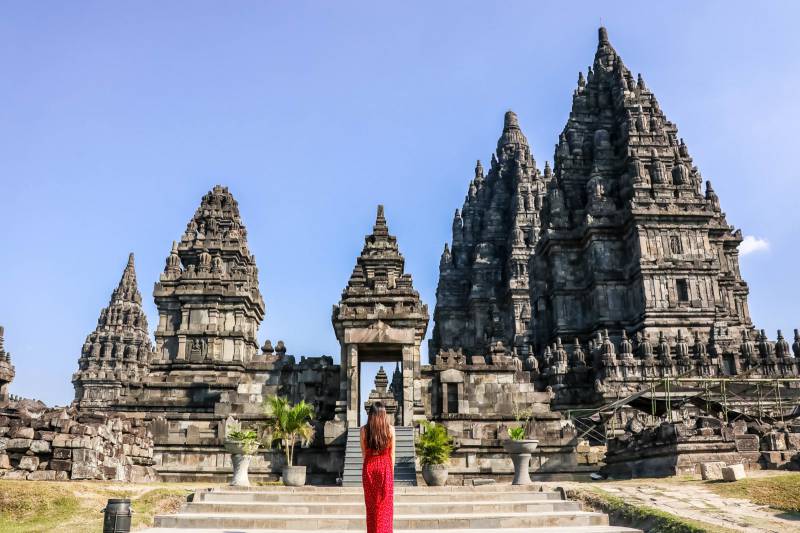

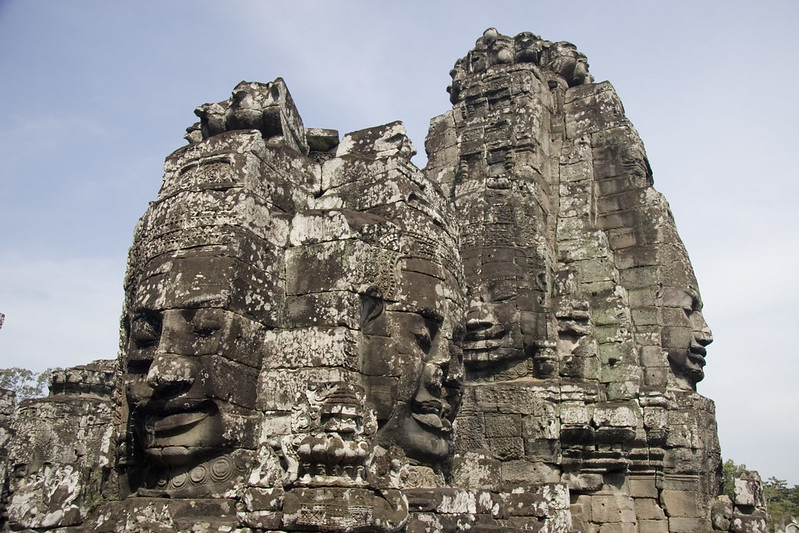
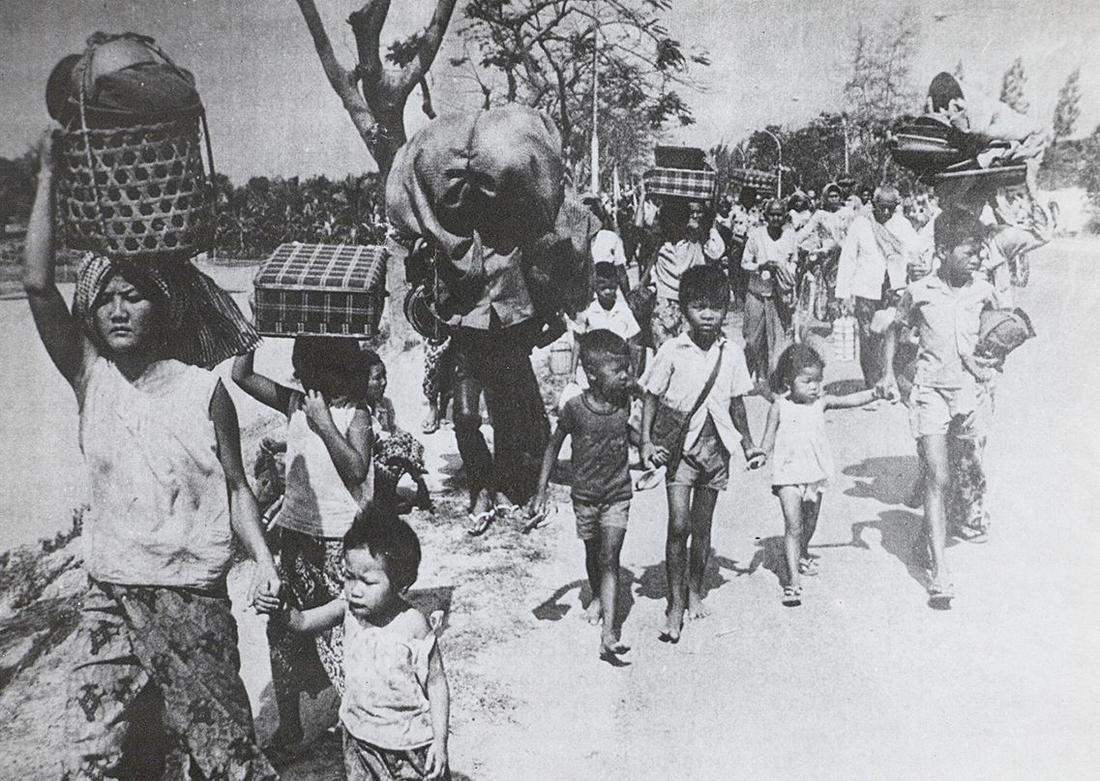
.jpg)
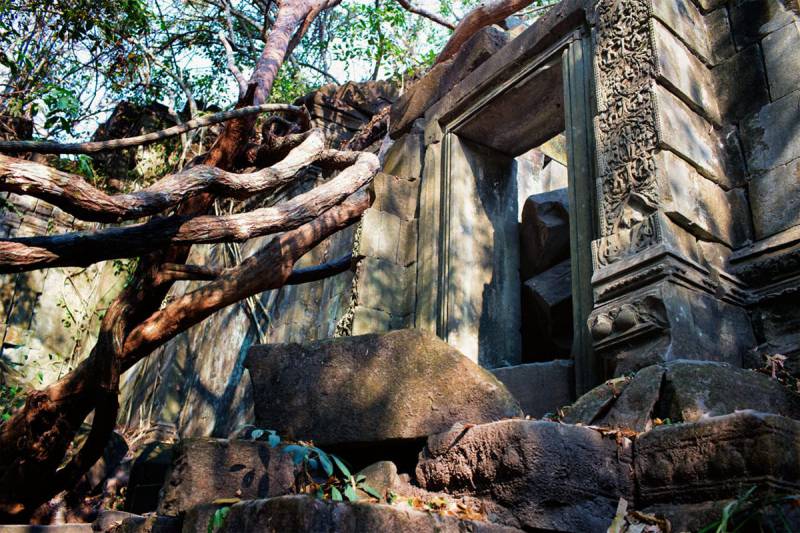
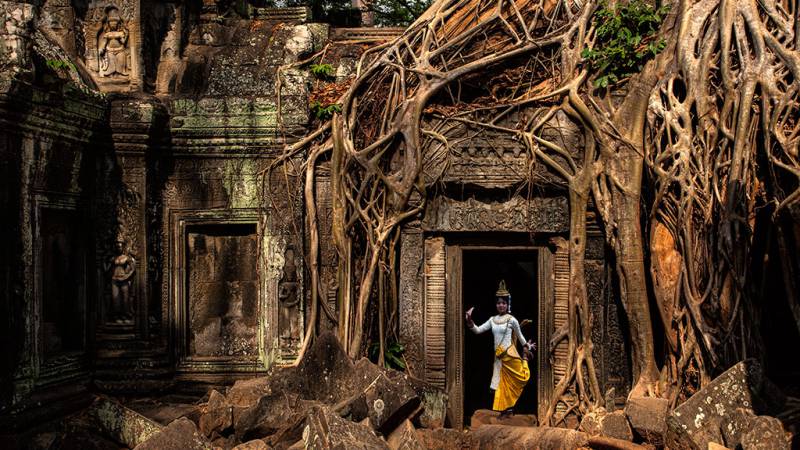
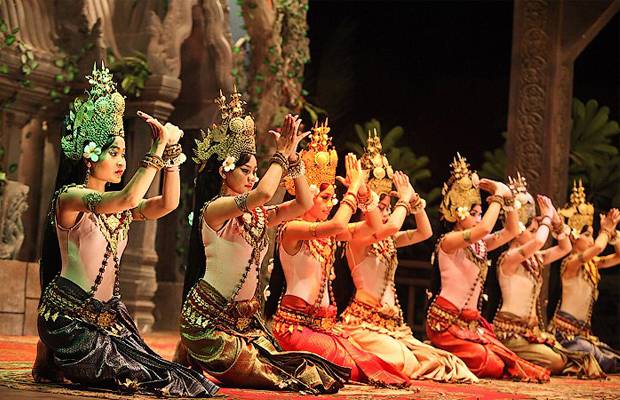
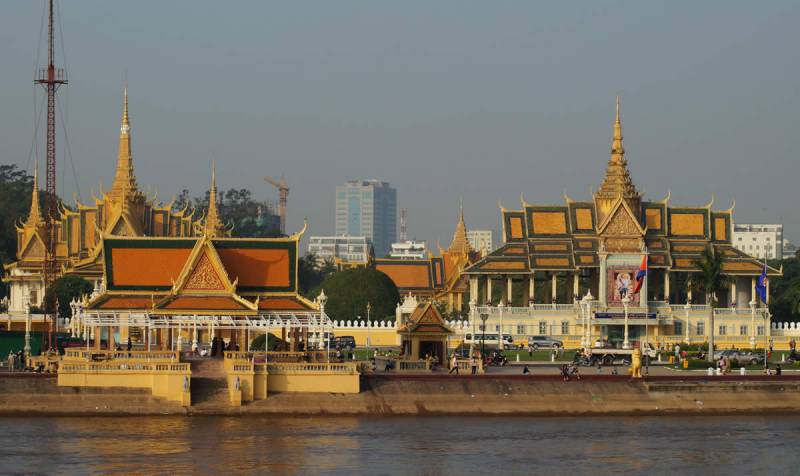
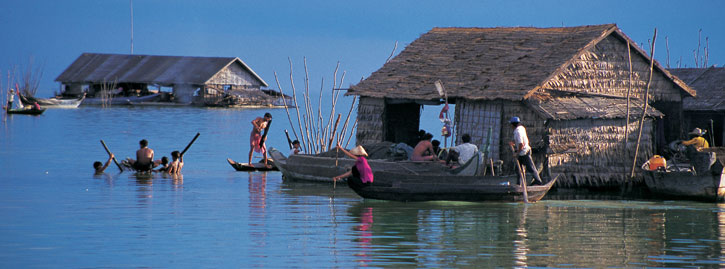
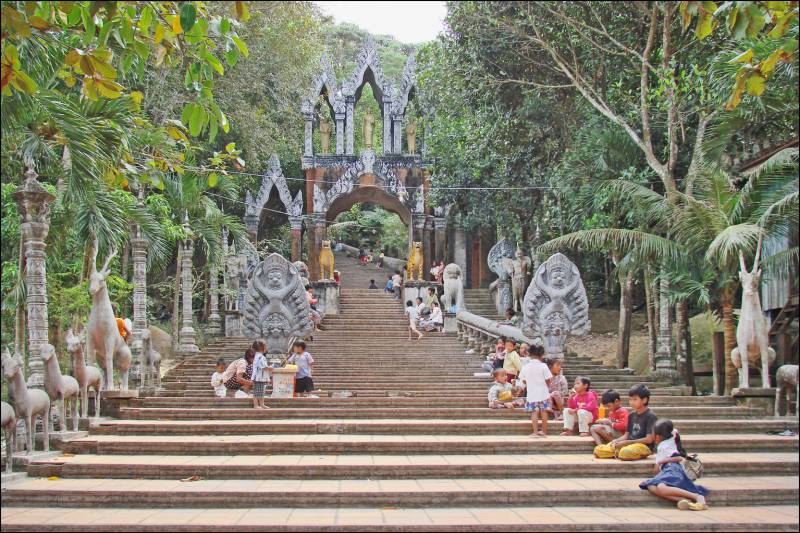
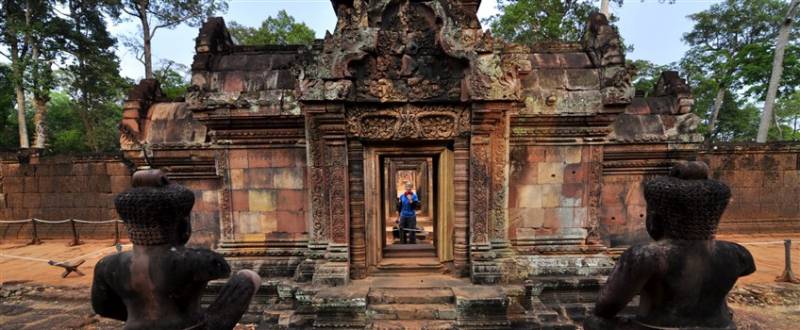

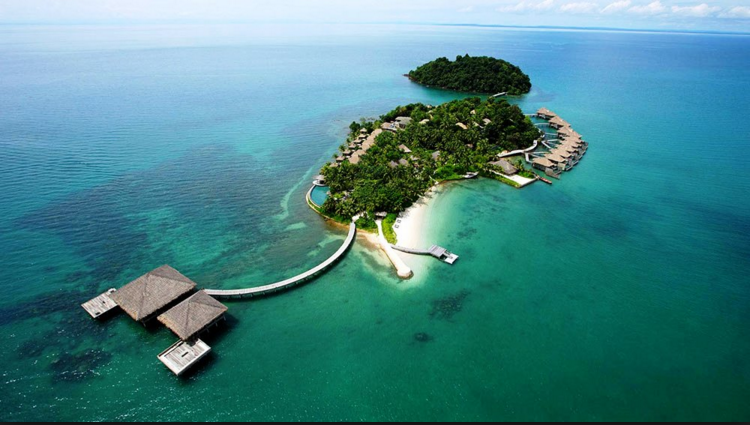
.png)
